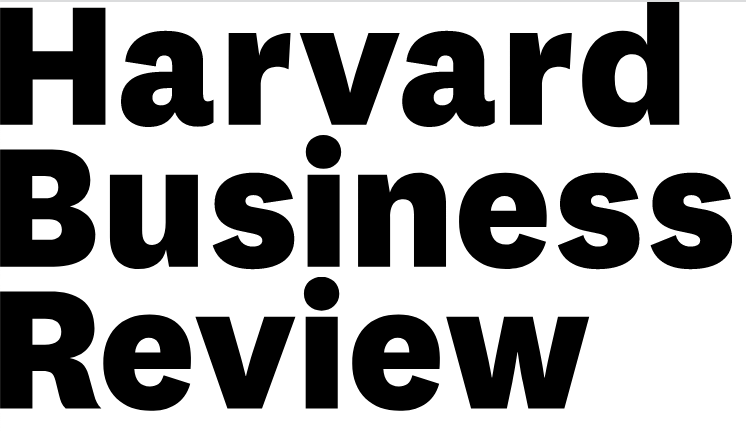Several studies have revealed that the post-pandemic workforce has seen a drastic uptick in remote and hybrid work environments. An estimated 22% of Americans are expected to be fully remote by 2025, up 87% from pre-pandemic levels. An estimated 98% of Americans would like to work remotely at least some of the time, while approximately 28% of U.S. companies are currently fulfilling this desire through hybrid work policies.
While it’s safe to say that remote work is here to stay, business leaders are still navigating the nuances of the remote work landscape and figuring out how to best implement remote work practices that align to business needs and cultural norms.
Leaders Face Unique Obstacles When Offboarding Employees Remotely
Employee offboarding, arguably one of the most sensitive stages of the employee lifecycle, presents a unique set of challenges in remote environments. From clunky administrative procedures to farewells that lack a personal touch, to increased security breach risks, when done poorly, the employee exit process can have detrimental effects on team morale and business continuity.
Below are solutions to some of the most common obstacles leaders face when offboarding employees remotely. Proactively addressing these challenges and implementing mindful processes can ensure that remote departures are managed effectively, fostering a positive transition for departing employees and maintaining team cohesion and morale for the business.
1. Create transparent communication forums to mitigate the opportunity for false rumors and heightened workplace anxiety.
Most of us are familiar with the game telephone. The original speaker whispers a message to the person next to them. That message is then passed from person to person via a series of whispers until the final participant is asked to reveal the intended message of the original speaker. The fun of the game is that the final message is usually some botched, obscure version of the original.
Remote departures that lack clear and timely communication to the business often unfold like a game of telephone - albeit with much less fun consequences. A misconstrued message around an employee's termination is often far more sensational than the truth.
I recall a time when I partnered with a manager to implement a performance improvement plan for two employees who were eventually let go due to their inability to meet the expectations of the role. By the time the business learned of the news, rumor had spread that the ‘entire team’ was fired egregiously without any documentation or written warning - a false accusation. The impact of the rumor left the remaining team wondering if they would be terminated without warning. What followed was heightened anxiety around job security and a decline of employee engagement. Extensive damage control was needed to remedy the situation.
While onsite workplaces are certainly not immune to rumors and breakroom talk, it's often easier for leaders to discuss impactful changes in real time before the whispers take on new life. In order to mirror this in-person fluidity, remote workplace leaders should proactively create transparent open forums ahead of significant employee departures and business changes. If you know significant shifts that could potentially affect team morale are on the horizon - schedule a team meeting ahead of time and anticipate any concerns that may arise. I’m a huge fan of drafting an FAQ handout. Create consistent messaging that can be communicated at one time to a group, rather than piecemeal messaging through various outlets.
Open forums provide opportunities for team members to ask questions and share concerns - leading to a culture that fosters trust and transparency.
2. Make returning company property a seamless experience.
When onsite, returning company property is not a process that requires much thought. It usually consists of a simple drop-off with IT on your way out. However, returning valuable equipment in remote environments is arguably more complex. How can you ensure that the employee will return items in a timely manner?
The market is responding accordingly to remote work demands, with whole businesses emerging with the sole purpose of creating seamless equipment delivery and retrieval for remote employees. Traditional companies such as FedEx have adopted processes for companies to arrange for prepaid labels and local drop-offs to help streamline equipment returns. Tracking numbers are key in monitoring the location of returned items. Any possible disputes can be supported with a paper trail.
Moreover, it’s becoming common practice to include shipping clauses in exit paperwork to ensure that there is a contractual obligation for employees to return company equipment. Implementing these practices can ensure that returning equipment is a clear and manageable process for departing employees.









